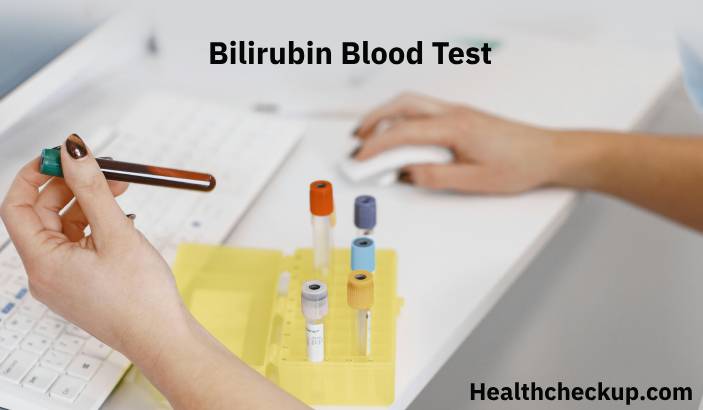Normal IgA levels by age are interesting to medical practitioners because IgA makes up around 15% of serum. It is one of the five known immunoglobulins. The other four are IgM, IgG, IgD and IgE. Immunoglobulins are also called Antibodies. They are manufactured by your immune cells to act as the primary form of defence against attack by harmful microorganisms. Immunoglobulins vary depending on the cells that produce them. They also differ in their function and distribution in the body.
Immunoglobulins work by recognizing antigens which are unique markers on the surface of a foreign body. An immunoglobulin binds the antigens before they can cause any harm to the body. Variance in normal IgA levels by age is sometimes an indicator of an ailment called Celiac Disease.
What is IgA?
IgA is a secretory immunoglobulin mostly found in body fluids. It is present in high concentrations in the mucus membranes of the stomach, intestines and also lungs. It can also be found in body fluids like saliva and tears. It is the most prevalent immunoglobulin in your body. White blood cells called Plasma Cells are responsible for the production of immunoglobulins in your body including IgA. Your bone marrow produces plasma cells that are then transported around your body in blood and lymphatic system.
Normal IgA Levels by Age
The level of IgA varies in different people. It may vary from male to females but mostly it varies according to age. IgA levels are measured in Milligrams per Deciliter, abbreviated as mg/dL. A Normal IgA levels child below 7 years of age has their immunoglobulin-A level between 7 and 256 mg/dL. Older children up to 13 years old have higher IgA levels. Normal IgA levels by age are
| 0-9 months | 7-50 mg/dL |
| 9-24 months | 27-79 mg/dL |
| 2-7 years | 27-256 mg/dL |
| 7-13 years | 34-295 mg/dL |
| 13-18 years | 52-337 mg/dL |
| 18+ years | 61-356 mg/dL |
These values of the normal IgA levels by age are constantly updated by leading laboratories worldwide according to the latest research. An increase or decrease in your IgA level readings may be a sign of disease, one of them is celiac disease.
IgA Test
Testing for and diagnosis of normal IgA levels of celiac disease is done using a Glutaminase Test. It tests for normal tissue glutaminase levels. The test is also called Celiac Disease Blood Test. This is the primary test that medical practitioners ask for in the screening for celiac disease. The test has a 90% accuracy level. It tests for the sensitivity and specificity of celiac disease.
IgA Test Procedure
The specimen required for an IgA test is blood or the Cerebrospinal Fluid (CSF) that bathes your brain and spinal cord.
A blood sample is taken by inserting a needle with a syringe into one of your veins and drawing some blood.
- Cerebrospinal fluid sample collection has more risk of complications.
- Collection of a Cerebrospinal Fluid sample must be carried out by a laboratory technician or medical personnel familiar with a lumbar puncture.
After your sample is collected and analyzed, doctors get a picture of your immune functions’ status. The test gives results for all five immunoglobulins. The results of your test are usually ready within two to a few days.
IgA Test Results Interpretation
High or low IgA levels in your test results do not directly mean you have celiac disease. When your test results are outside the normal IgA level, your doctor will ask for further tests. These tests include a Complete Blood Count (CBC) test, a protein blood test or a urine test. These tests help the doctor cancel out or confirm the cause of your abnormal IgA levels.
Celiac Disease Treatment
Treatment of celiac disease diagnosed by abnormal IgA levels is a gluten-free diet. The disease affects the villi in the small intestines. Gluten is a protein found in wheat. When someone eats gluten, it triggers an immune reaction which leads to damage to your small intestines lining. This leads to medical complications and mal-absorption of some nutrients.
Celiac disease is a rare hereditary disease. Globally it is estimated that 1 person out of every 100 has celiac disease or some immunological reaction to gluten. Celiac disease is sometimes called gluten intolerance.
Other autoimmune disorders are likely to develop if you have delayed diagnosis of celiac disease. A qualified healthcare provider will guide you in diagnosis and treatment of celiac disease. They will also help you come up with a suitable gluten free diet for celiac disease management.
Medically Reviewed By

Professionally, a trained Microbiologist and Plant operator, Eustace is an experienced health content writer who is passionate about helping people lead a healthy life.








